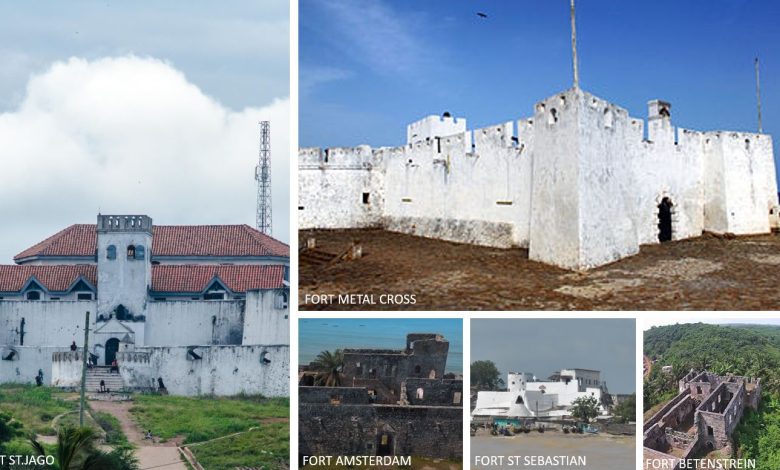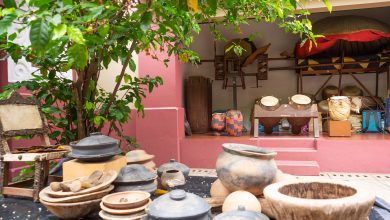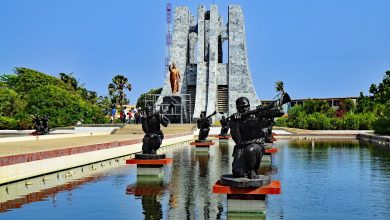Osu Castle: The Historic Residence of Ghana’s President

Osu Castle, alternatively known as Christiansborg Castle or simply “The Castle,” holds great historical significance as a prominent landmark situated in the heart of Accra’s neighborhood, Osu, in Ghana. Since 2013, this majestic castle has served as the official residence of the President of Ghana, offering limited access to the public for guided tours and visits. Let’s delve into the rich history and allure of Osu Castle, exploring its architectural marvels and captivating tales.
1. A Glimpse into the History of Osu Castle:
The roots of Osu Castle can be traced back to the 17th century when Denmark initially established a trading post in the area. Over the years, the castle witnessed the rise and fall of various colonial powers, including the Danes, the Swedes, and the British. It served as a hub for commerce, diplomacy, and governance throughout its history, leaving an indelible mark on Ghana’s cultural heritage.
2. Architectural Marvels:
Osu Castle stands as a testament to the architectural prowess of its time. Its imposing structure, characterized by a fusion of European and local influences, showcases both medieval and colonial architectural elements. The castle’s grandeur is enhanced by its strategic location, overlooking the Atlantic Ocean, providing breathtaking views and a sense of awe to visitors.
3. Guided Tours: Exploring the Castle’s Treasures:
While Osu Castle primarily serves as the presidential residence, certain areas have been designated for public access. Guided tours offer visitors a chance to unravel the castle’s hidden treasures and learn about its captivating history. Knowledgeable guides lead visitors through the castle, sharing intriguing anecdotes and historical insights at every turn.
4. Historical Significance:
Osu Castle holds immense historical significance for Ghana. It served as the seat of government during the colonial era and later became the presidential palace after Ghana gained independence in 1957. The castle has witnessed crucial political events, diplomatic negotiations, and the transition of power, making it an emblem of Ghana’s rich political heritage.
5. The Slave Trade Connection:
Beyond its political significance, Osu Castle is intertwined with the dark chapter of the transatlantic slave trade. The castle’s underground dungeons were used to confine enslaved Africans before their brutal journey across the Atlantic. Today, these dungeons serve as a haunting reminder of the atrocities committed during this period, inviting visitors to reflect on the painful history and promote unity and reconciliation.
6. Restoring Cultural Heritage:
Efforts have been made to restore and preserve Osu Castle, ensuring its historical and cultural significance endures. Renovation projects aim to maintain the castle’s architectural integrity while creating spaces for exhibitions and cultural events. By safeguarding Osu Castle, Ghana honors its past and provides future generations with a tangible connection to their heritage.
Conclusion:
Osu Castle stands tall as a symbol of Ghana’s rich history, architectural excellence, and political evolution. Its transformation from a trading post to a presidential residence encapsulates the nation’s journey towards independence and self-governance. As visitors explore the castle’s intricate corridors and absorb its storied past, they become part of Ghana’s narrative, connecting with the country’s vibrant culture and forging a deeper understanding of its identity.



